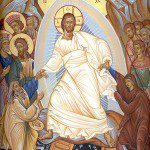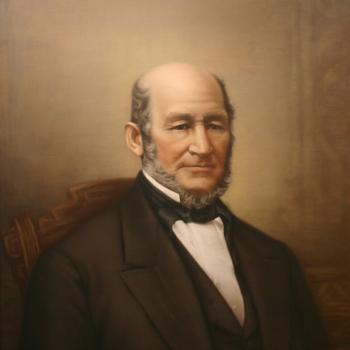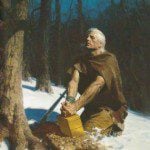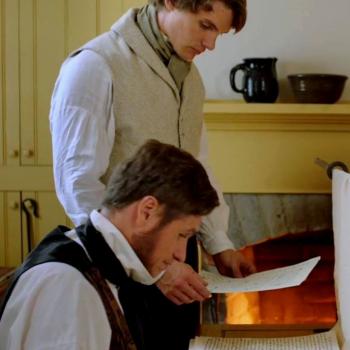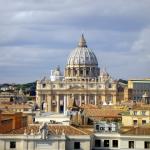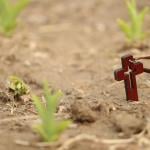
Wikimedia Commons public domain; click to enlarge
Such stories don’t get much coverage in the major media:
National Review, from back in 2018: “Desperate Pakistani Christians Languish in Thailand: The U.S. should provide asylum.”
BBC, from way back in May 2019: “Christian persecution ‘at near genocide levels’: The persecution of Christians in parts of the world is at near “genocide” levels, according to a report ordered by Foreign Secretary Jeremy Hunt.”
But now for much more recent items:
Christianity Today: “Syria Massacre Leaves Christians Asking If They’re Next: Islamists didn’t target the church in the violence that killed more than 1,000, but the community is on edge.”
Christianity Today: “A Closing Door to Persecuted Christians: Trump’s new immigration policies will hurt believers at risk for their faith.”
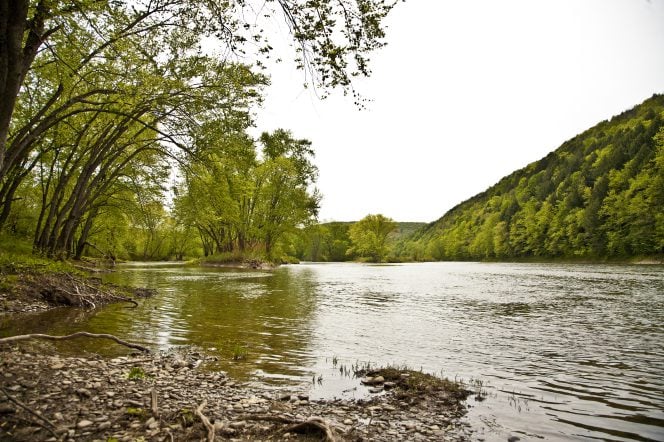
(LDS Media Library)
Newly posted on the never-changing and pretty-much-dead website of the ever-dying Interpreter Foundation: Come, Follow Me — D&C Study and Teaching Helps (2025): Doctrine and Covenants 27–28 March 24–30: “All Things Must Be Done in Order”
Jonn Claybaugh generously continues with his series of concise notes for students and teachers of the “Come, Follow Me” curriculum of the Church of Jesus Christ of Latter-day Saints.
Also newly posted on the comatose Interpreter Foundation website: Nibley Lectures: Come, Follow Me Doctrine and Covenants Lesson 13: “All Things Must Be Done in Order” D&C 27-28
During 1978, 1979, and 1980, Hugh Nibley taught a Doctrine and Covenants Sunday School class. Cassette recordings were made of these classes and some have survived and were digitized by Steve Whitlock and recently enhanced by Nick Galieti. Most of the tapes were in pretty bad condition. The original recordings usually don’t stop or start at the beginning of the class and there is some background noise. Volumes vary, probably depending upon where the recorder was placed in the room. Many are very low volume but in most cases it’s possible to understand the words. In a couple of cases the ends of one class were put on some space left over from a different class. There’s some mixup around D&C90-100 that couldn’t be figured out so those recordings are as they were on the tapes. Even with these flaws and missing classes, we believe these these will be interesting to listen to and valuable to your Come, Follow Me study program.
This week we have one Lecture relevant to the March 24 – 30 Come, Follow Me lesson, “All Things Must Be Done in Order” covering D&C 27-28.
And here is a link that is not to the Interpreter Foundation’s website but, rather, to “The First Presidency’s 2025 Easter Message: ‘He hath borne our griefs, and carried our sorrows … and with his stripes we are healed.’” See also “First Presidency witnesses of Jesus Christ’s Resurrection in Easter social media messages: The Resurrection is the ‘ultimate expression’ of Christ’s love, President Russell M. Nelson testifies.”

A couple of days ago, I published an entry here in which I shared four items from a 1992 book called Reexploring the Book of Mormon. I noted that
They represent the state of the questions as of the early 1990s and, in many cases, they will need to be fleshed out with whatever developments may have occurred over the past thirty-three years. (It’s also possible that, in a few cases, subsequent developments will have negated them altogether.) But that is a task for another time (or times).
It seems that, for one of the items, that time has already come. The matter involves two purportedly ancient Egyptian ushabti figurines that were supposedly found three meters below the soil surface in eastern El Salvador. I was cautious, writing
But has this initial report held up? That needs to be determined before any weight can be placed upon it. If two authentic ushabti figurines were actually found at archaeological depth in El Salvador, that is of potentially enormous importance. But I, at least, have heard nothing about the two figurines since the early 1990s.
It turns out, though, that I probably had heard more about them. It apparently just hadn’t really registered or, anyway, I no longer remembered it. Happily, a reader here kindly reminded me of John Gee, “Notes and Communications: New and Old Light on Shawabtis from Mesoamerica,” Journal of Book of Mormon Studies 6/1 (1997): 64-69:
In 1992, FARMS republished a notice about two inscribed Egyptian shawabti-figurines (also called ushabtis) from Acajutla, Sonsonate, El Salvador.. . . . Because the figurines would prove cultural contact between Egypt and Mesoamerica, the article suggested that “these figurines may be very important indeed.” A note appended to the article remarked that this report “still calls for further information.” . . .
The FARMS article announcing the two figurines warned that “premature enthusiasm ought to be avoided.” . . .
[T]he figurines assuredly are not authentic Egyptian artifacts but forgeries. . . .
While the news that the figurines are forgeries might strike some as disappointing, it is important that only real evidence be used in discussing the Book of Mormon.
Scholarship giveth, and scholarship taketh away. Blessed be the substance of good scholarship. And, as John writes, it’s essential that work on the Book of Mormon follow the best evidence and analysis of which we’re capable at any given moment. (Which, of course, will change over time.)

Meanwhile, speaking of ancient Egypt, my wife and I went out last night with her friends — given my toxic personality and my appalling lack of character, it’s scarcely surprising that I have none myself — for a Chinese dinner and then on to a literally spectacular performance of The Prince of Egypt. A musical about Moses and Ramses from DreamWorks, it was performed at the nearby Hale Centre Theatre. If there is a theatrical venue anywhere in the world that is even remotely like the Hale in Sandy, I’ve certainly never seen it.

One of the side-benefits of St. Patrick’s day, which was recently celebrated in some circles — although not in the grimly sober and puritanical Peterson household — by the consumption of large quantities of green beer, is the appearance of articles such as this one: “Irish names you’re probably saying wrong and how to pronounce them.” Go ahead. Look me right in the eye and tell me — with a straight face — that you already knew how to pronounce the name Caoilfhionn.






